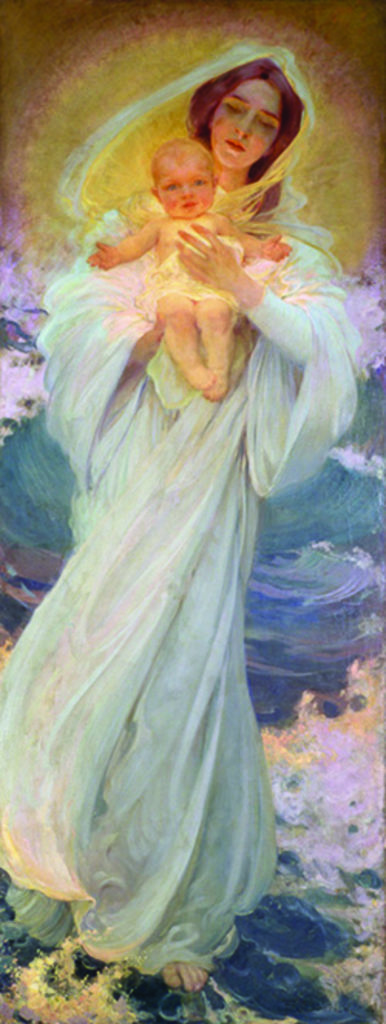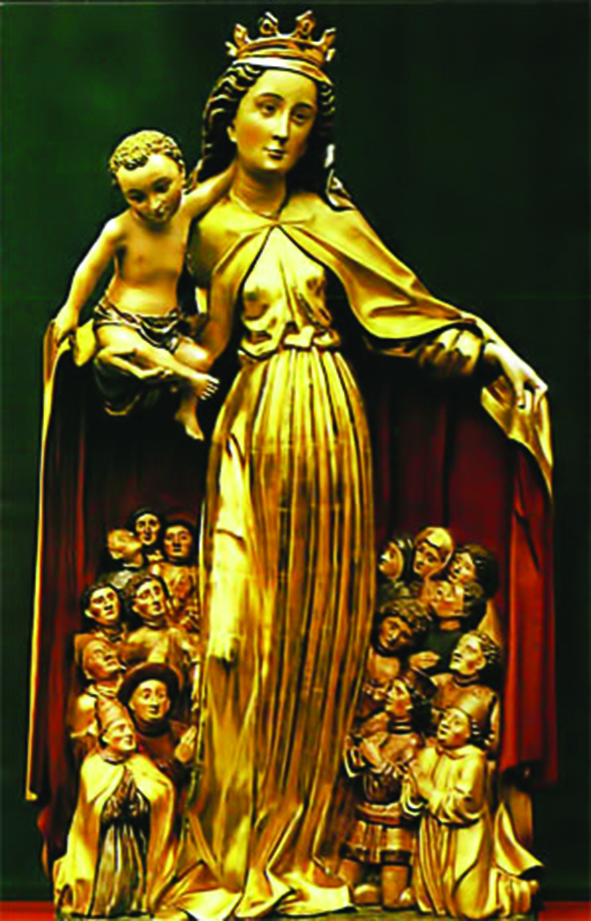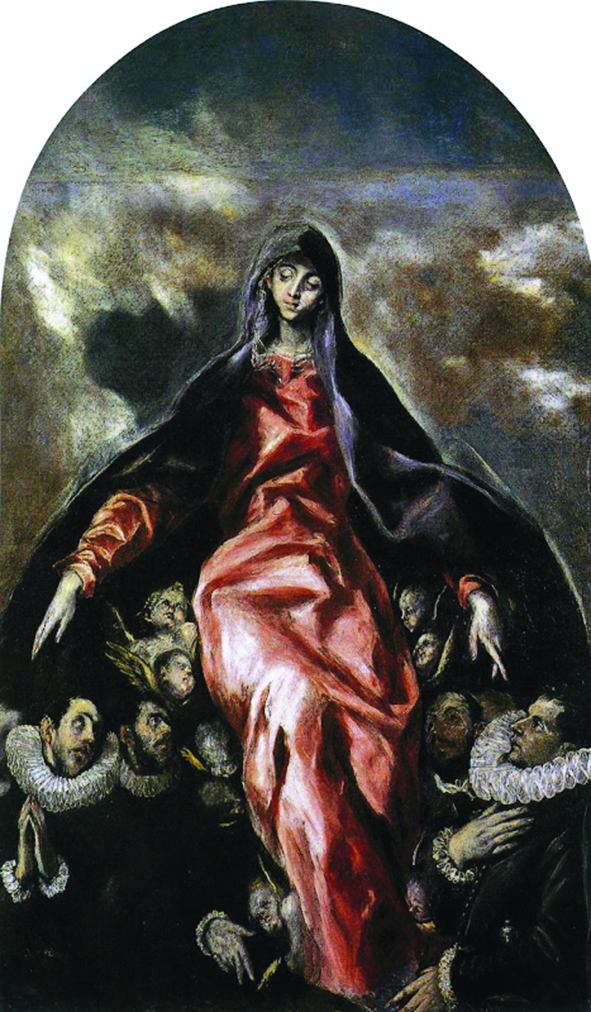Disciple of Her Son: Mary in the Life of the Church
Disciple of Her Son: Mary in the Life of the Church
Part 1 of 2
In particular, Fr Colin, the Founder of the Society of Mary, drew inspiration from Mary’s presence and activity in the early Church. But how could he do this? As we have seen, after the mention of Mary among the disciples in the upper room as they awaited the coming of the Spirit, she disappears from the scene. Nevertheless, we have also seen that Mary had an impact on the early Church: in his Gospel, St. Luke presents Mary to us as a model believer. Fr. Colin was also influenced by some devotional books that he read that claimed to describe Mary’s life and activity in the early Church. And he also received insights or inspirations about Mary and how she can be a model in our approach to ministry.
From Fr Colin’s writings, we can distil two important images of Mary that are crucial to the Marist way: the image of the Mother of Mercy whose embrace is open to all, and who wishes to gather into unity all the members of Christ—an image of evangelising outreach, of inclusiveness, and of reconciliation and unity; and the image of Mary as an unassuming person who remained unknown and hidden, yet most effectively present, in the Church and the world.

The first of these images, Mary as Mother of Mercy, taught Marists to go out of their way to welcome back into the Church people who had become disaffected and had fallen away, especially during the dark and confusing times of the French Revolution. For many people, especially poor folk, the Revolution had bettered their lot, had introduced the opportunity for education, had affirmed the equality of all human beings, and had provided a greater measure of personal freedom. A symbol of the Revolution had been the Liberty Tree that had been planted in many towns and villages. Many churchmen wanted to emphasise how the Church had triumphed over the Revolution by chopping down the Liberty Tree and replacing it with a Cross. The Marists took a far more sensitive approach, not forcing people to choose between the Faith and the very real benefits of the Revolution that they had experienced. They did not want to raise the bar on reconciliation with the Church, but rather find ways to open up for people an acceptable pathway back to the Church. Whatever their own personal beliefs and preferences in the political arena, the Marists took great care not to mix politics with their preaching, but they made themselves available and ready to minister to all parties and positions.

The second image is that of Mary as an unassuming person who did not put herself forward, or consider herself more important than others, or seek privileges for herself. This image of Mary taught Marists to devote themselves to the service of the people while they themselves remained unknown and as it were hidden in the world. Thus, they rejected every form of clericalism, not preaching down at people from some sort of superior position or status, but truly submitting themselves to the people they served. The Marists were willing to work with people who exhibited modern sensitivities: they recognised that people had tasted greater freedom and autonomy through the Revolution, and that they would not welcome attempts to impose values and rules imperiously from above. In their parish mission work, the Marists preferred to be called catechists because they wanted to help people understand the truths of faith, rather than expect blind belief and obedience.

Marists have come to be known for the mercy they manifest in the pulpit and in the confessional; for the respect they have for people; for their willingness to accept people as they are; for their sensitivity to people’s consciences and opinions; for being ordinary human beings who relate to people as equals; and for their patience and readiness to work with people and lead them gradually along the path to life in God. The Mary whom Marists emulate, the Mother of Mercy, whose embrace is ready to welcome all, and who chooses to be unknown, as if hidden, and close to people in their ordinary lives, is the Mary whom we find in the Scriptures: the one who, in spite of her tremendous importance and privilege as the mother of Jesus, chose to become an obedient disciple of her Son and to situate herself amidst the other disciples of Jesus, even disappearing into the Church, so as to more effectively be a caring presence in people’s lives.
This article first appeared in Forum Novum
www.maristsm.org/en/forum-novum.aspx
It is used with the permission of the editor, Fr Alois Greiler SM who notes, For a long time, Fr Keel worked on a manuscript combining his work with Scriptures and his expertise in Marist studies. This is Chapter 14 of the manuscript, a work intended for a general audience.
 Entries(RSS)
Entries(RSS)